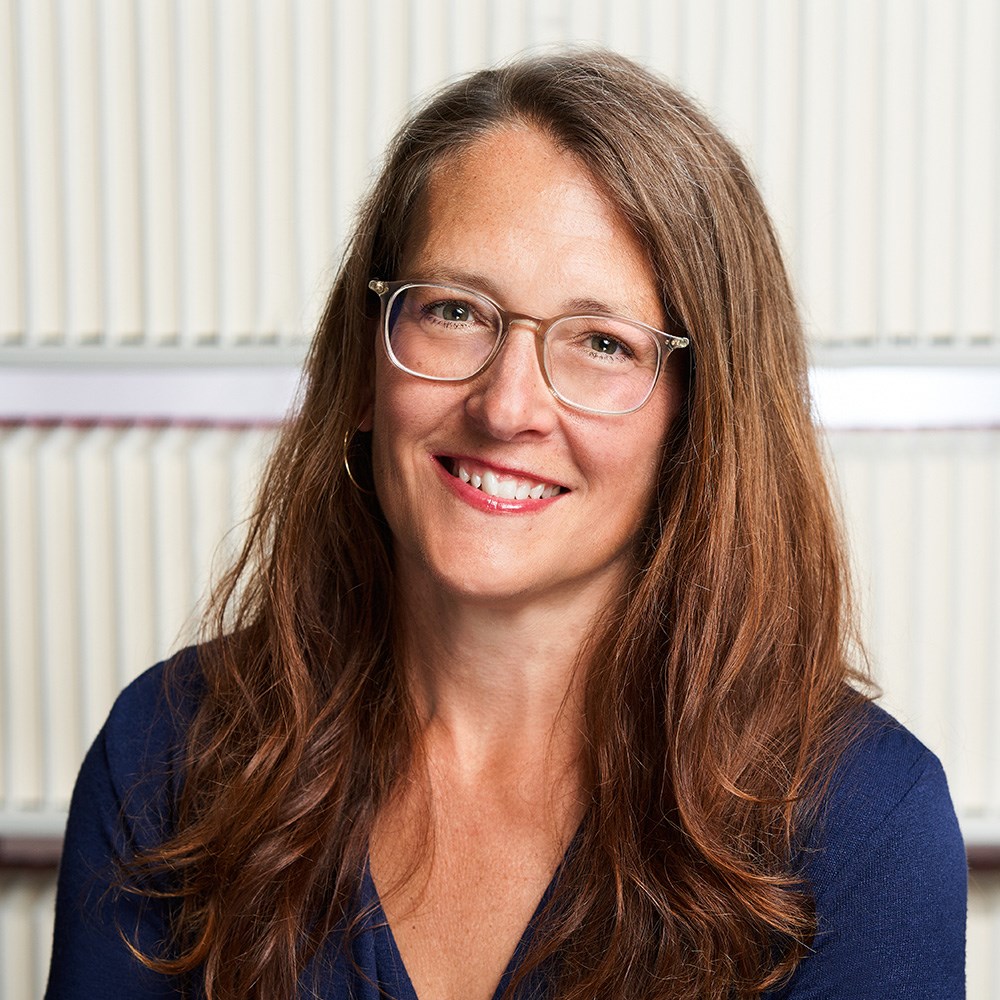Inside the Longlist: Innovation & Creativity
December 05, 2018
Our general manager Sally Haldorson cracks open the Innovation & Creativity category by imaging the books and authors in conversation with one another.
You’ve heard some version of the question before: “You’re organizing a dinner party; who, alive or dead, would you most want to invite?”
While curating the conversation around this year’s Innovation & Creativity books for our annual book awards, I couldn’t help but imagine these five authors (very much alive), or perhaps the books themselves (each with a life of their own), in rich dialogue with one another, their ideas communing in a vigorous debate about what creativity is and how to put it to good use as a lever for creating a better world.
Similarly, while our Innovation & Creativity category stretches across multiple and sometimes unwieldy sub-disciplines, when in conversation with each other, the books in the category intertwine with and inform one another. It makes for a lively and constructive dialogue about the ways in which creativity sparks innovation, and how innovation makes change.
Let’s begin with an introduction to our guests:

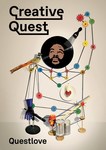 Creative Quest by Questlove, Ecco
Creative Quest by Questlove, Ecco
Reading Questlove's latest book is like having a direct route, Matrix-like, into the brain of a creative juggernaut who champions creativity of all kinds as a communal experience of past, present, and future.
 Elastic: Flexible Thinking in a Time of Change by Leonard Mlodinow, Pantheon Books
Elastic: Flexible Thinking in a Time of Change by Leonard Mlodinow, Pantheon Books
Mlodinow argues that the human brain has a certain capacity for multi-dimensional thinking that computers can’t (yet?) mimic and we need just such adaptability to change more now than ever.
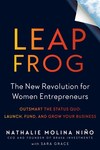 Leapfrog: The New Revolution for Women Entrepreneurs by Nathalie Molina Niño, with Sara Grace, TarcherPerigee
Leapfrog: The New Revolution for Women Entrepreneurs by Nathalie Molina Niño, with Sara Grace, TarcherPerigee
This book is a rocket launcher for those who have felt excluded from or minimized by traditional business myths and behaviors, yet yearn to answer the call of the entrepreneur and get to success fast.
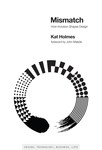 Mismatch: How Inclusion Shapes Design by Kat Holmes, MIT Press
Mismatch: How Inclusion Shapes Design by Kat Holmes, MIT Press
Kat Holmes’ book is a resounding affirmation that design makes a significant difference in who gets to participate fully in this world, making clear that we must not only design for inclusion, but be inclusive in who contributes to the design.
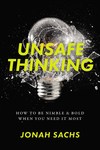 Unsafe Thinking: How to Be Nimble and Bold When You Need It Most by Jonah Sachs, Da Capo Lifelong Books
Unsafe Thinking: How to Be Nimble and Bold When You Need It Most by Jonah Sachs, Da Capo Lifelong Books
Jonah Sachs offers strategies to shake anyone, especially those resting on past successes, out of their creative comfort zone to keep pushing ideas boldly forward when the status quo is the safer option.
Now, let’s join our guests at the table and listen in to a conversation that, I imagine, begins with mismatches (instances when we can't interact with the world with ease) and explores our potential to solve for them:
Kat Holmes: “Mismatches are barriers to interacting with the world around us. They are a byproduct of how our world is designed. Mismatches are the building blocks of exclusion. They can feel like little moments of exasperation when a technology product doesn’t work the way we think it should. Or they can feel like running into a locked door marked with a big sign that says ‘keep out.’ Both hurt.”
Nathalie Molina Niño: “What’s making your life difficult? Fix it. Crack open your creativity by starting from the impossible and working backward.”
Questlove: Creativity is “an attempt to answer a question that is itself in question. If a question comes into perfect focus, answering it isn’t a creative act anymore.”
Leonard Mlodinow: “You don’t solve riddles through a step-by-step linear approach, nor is that how J.K. Rowling invented the Harry Potter world, or how Chester Carlson thought of the idea for the Xerox machine. It’s our unsupervised bottom-up thinking that provides us with the unexpected insights and new ways of looking at situations that produce that kind of accomplishment.”
Jonah Sachs: “Inventing the new … comes first from understanding, then deconstructing and recombining, what is already known and understood.”
Kat Holmes: “By stretching our assumptions about the purpose of an object or environment, we can explore how that solution flexes to be whatever a person needs it to be. The signature trait of an inclusive solution is how it adapts to fit each unique person.”
Leonard Mlodinow: “That’s the beauty of the human mind. We can execute an interplay of top-down and bottom-up processing, and of analytical thought and elastic thought. From that mix, ideas emerge that are organized and focused toward some end, many of them ideas that are not deducible using purely logical steps.”
Questlove: “If you have pulled all your influences inside, and you output them appropriately at the right moments or in interesting new permutations … you are engaging in a highly creative act.”
Nathalie Molina Nino: “Maybe you’ve heard the word ideation get tossed around and aren’t quite sure what it means. Well, it’s exactly that—coming up with business ideas—no technical language or MBA necessary.”
Kat Holmes: “For better or worse, the people who design the touchpoints of society determine who can participate and who’s left out. Often unwittingly. A cycle of exclusion permeates our society. It hinders economic growth and undermines business success. It harms our collective and individual well-being. Design shapes our ability to access, participate in, and contribute to the world.”
Jonah Sachs: “The most valuable thinkers aren’t infallible experts; they are eager explorers, willing to admit when they’ve been wrong and to update and revise their thinking as new evidence emerges.”
Kat Holmes: “And there’s our collective future. A future that is built on the choices that we make today, to create great solutions that connect people to each other and to opportunities in the places where they live.”
The above “conversation” happened only in my imagination, of course. But I like to think that the books in this year’s Innovation & Creativity category will incite readers to participate in a dialogue with other creatives, to challenge their own assumptions about who gets to be creative, who gets to be an entrepreneur, and who gets to design the future. The answer should be, of course, all of us. All of us bear a responsibility to keep pushing, keep creating, to tap into the deep well of our own knowledge and talent. We are fortunate to be guided and inspired by the wise voices of these authors who, by their work, by their own creativity, challenge our limitations so we might change the world for the better. I cannot imagine a more important conversation.


